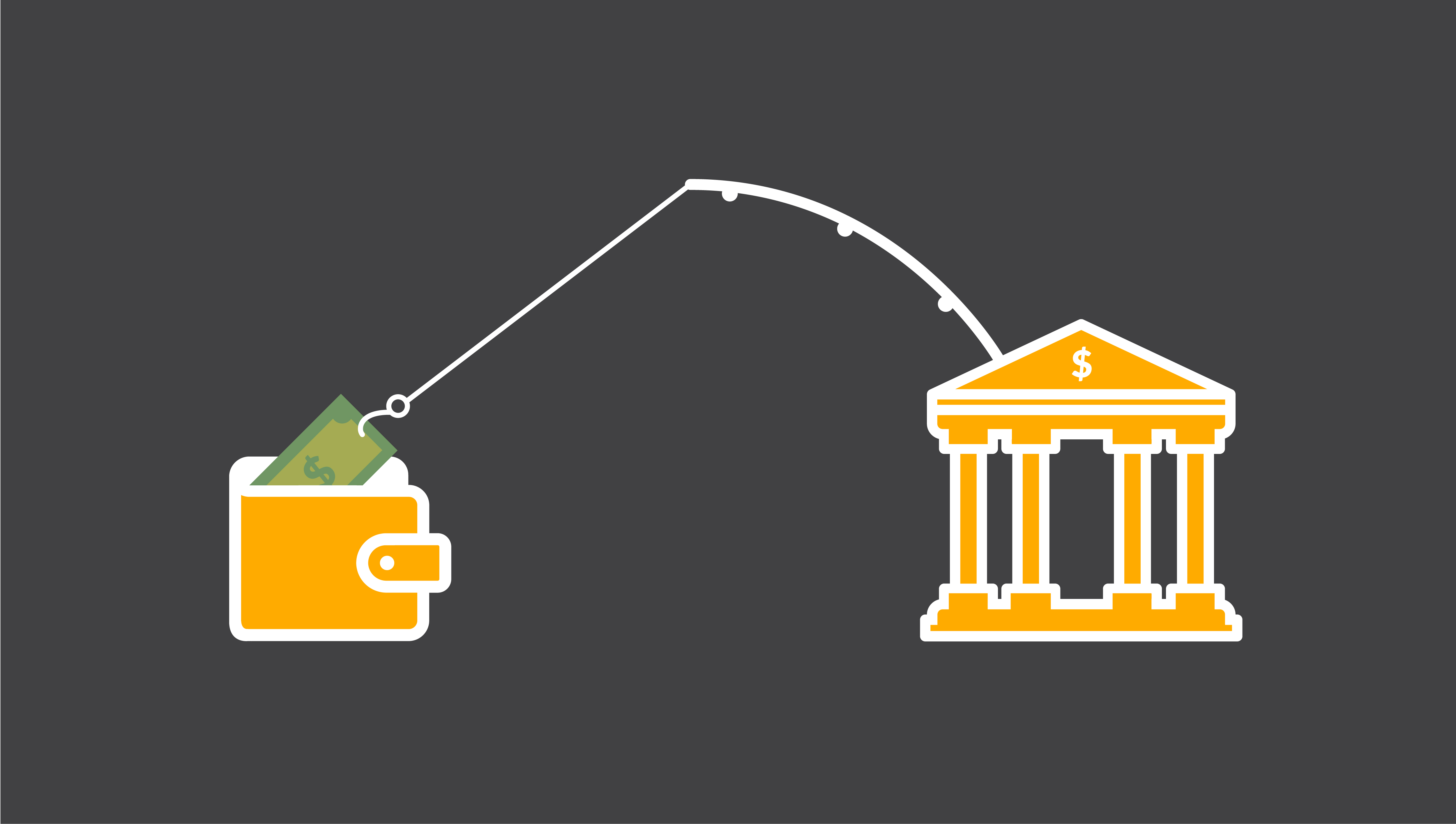How banks cheat you on foreign exchange rates
In a world where you can send an email halfway around the world in a nanosecond, you might imagine that sending money with your bank would be simple. However, banks are always looking for creative ways to charge you extra fees – and one of the ways they boost their profits is by cheating on bank foreign exchange rates. This guide will look at exactly how they are doing this, and what you can do to avoid losing your hard-earned money.
Dishonest Bank Foreign Exchange Rates and Fees
The rate that banks pay each other when exchanging money is called the inter-bank exchange rate. You will not get this rate as a customer, though, as your bank will always charge a fee on top.
The problem is that banks include this fee in their foreign currency exchange rate and don’t break it down for customers. You can execute a foreign exchange transaction without knowing specifically how much in fees you’re being charged – it’s almost impossible to know what the ‘real’ exchange rate is that the bank is paying compared to what they’re offering you as a customer. On top of this undisclosed fee buried in the exchange rate, they can also charge an extra transaction fee for the service of converting your money between currencies.
Some banks have recently faced legal trouble for some of their exchange rate practices. BONY was alleged to mislead clients on how they were determining their exchange rates for foreign exchange transactions. The lawsuit basically said the bank promised clients the best available rate, then charged them a much worse rate, keeping the difference as profit.
12 of the largest banks in the world, including Bank of America, BNP Paribas, and UBS, were accused of conspiring to rig exchange rates for profit in their favour.
How Banks ‘Set’ Their Rates
If you compare a bank’s advertised exchange rate for that day, chances are it’s different from the mid-market rate. While the exchange rates that banks charge each other is considered the true exchange rate, customers won’t get this rate. Instead, the mid-market rate (the mid-point between currency bid and offer rates) is the ideal rate that consumer transactions should be based on. Banks and brokers will adjust this rate each day for their business.
A bank will set their rate once a day, and they may even claim that they charge no fees and make no profit. It’s common practice for banks to be dishonest about the profits they make as a result – often they claim to make little or no profit on these transactions when in fact they are skimming a significant percentage off every time.
The Fee Double-Header: Fees for Receiving Foreign Currency
It’s not just the process of sending foreign currency results in bank fees. The bank you’re sending money to can also charge the recipient for the transaction, resulting in a bank-fee-sandwich that sees both you and your recipient out of pocket.
If you send money in your own currency then the receiving bank will use their own exchange rates, and they will also charge a fee to receive the money. The average one way fee is 3.5%, meaning if you wired $100,000 to another country, you just paid the bank $3,500 just for sending the money, and there may be additional fees waiting at the other end. The math is pretty simple – services that offer flat transfer fees and help you avoid these hidden or unplanned-for transfer fees can help you save significant amounts of money, especially if you’re sending money regularly or in very large sums.
Light at the End of the Tunnel: Banking Moves Onto the World Wide Web
Almost everyone has a bank account these days, but it’s no longer absolutely essential to use your bank for everything. With the advances in mobile banking (Google Wallet, Square Wallet), online banking and stand alone wire transfer services, banking is starting to see a shift towards a-la-carte services.
Customers can have individual services and transactions performed by different companies, based on who offers them the best deal. It’s perfectly possible (and being done) to manage all your money these days, while rarely setting foot in a traditional brick and mortar bank.
OrbitRemit is just one service which can be used to transfer money internationally without unfair charges and fees. Our true exchange rate is clearly published and visible because there’s nothing to hide. We charge flat fees, not a percentage of your money, and there are no receiving fees at the other end. Check out our exchange rate calculator on our homepage to compare how a transaction with us measures up against what you’d get from your bank.
Share with your friends to stop them falling into the banks trap.
Visit OrbitRemit for international wire transfer services that will save you money from the get-go.


Leave a Reply